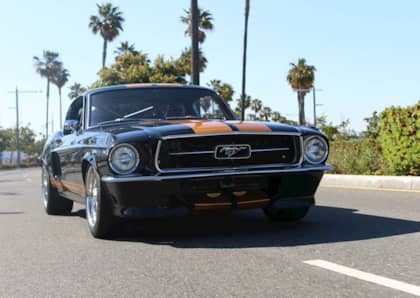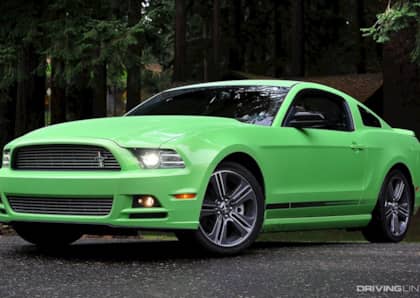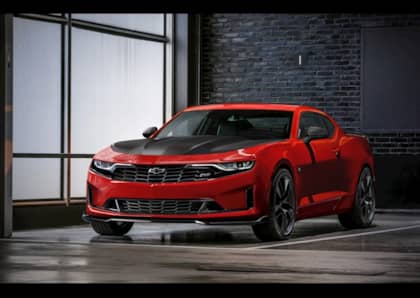Is The Ford Mustang EcoBoost 2.3L High Performance Package Finally A Legitimate Muscle Car?
Ford has spent the past five years completely reshaping the entry-level image of its most popular performance car. In that short space of time the Ford Mustang has retired its very capable V6 in favor of the brand's turbocharged four-cylinder EcoBoost motor.
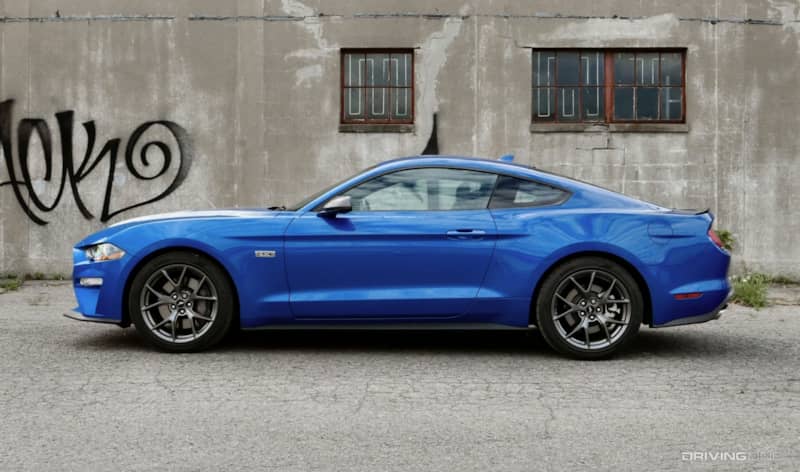
Although FoMoCo briefly offered Mustang owners three drivetrain options (with the V6 positioned as the affordable motor, the EcoBoost as an upgrade, and the GT's 5.0 at the apex), the turbo four eventually replaced the V6 completely, leaving the Chevrolet Camaro as the only muscle car to still provide the choice of four, six, or eight cylinders under the hood.
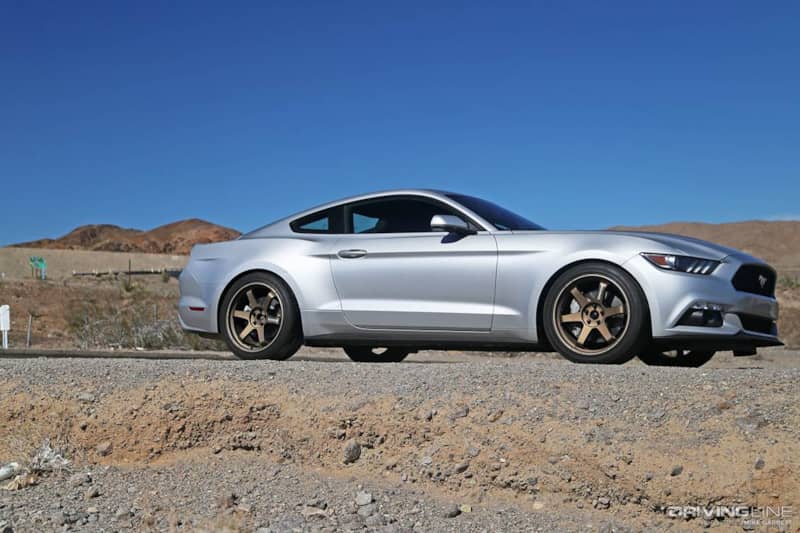
That strategy has been expanded for the 2020 model year with the introduction of the 2.3L High Performance Package for EcoBoost-powered Mustangs. More than just a few go-fast goodies slapped onto the existing turbo four, the High Performance package actually installs a completely different engine between the front fenders, making it the quickest pony in the fleet not sporting a traditional V8.
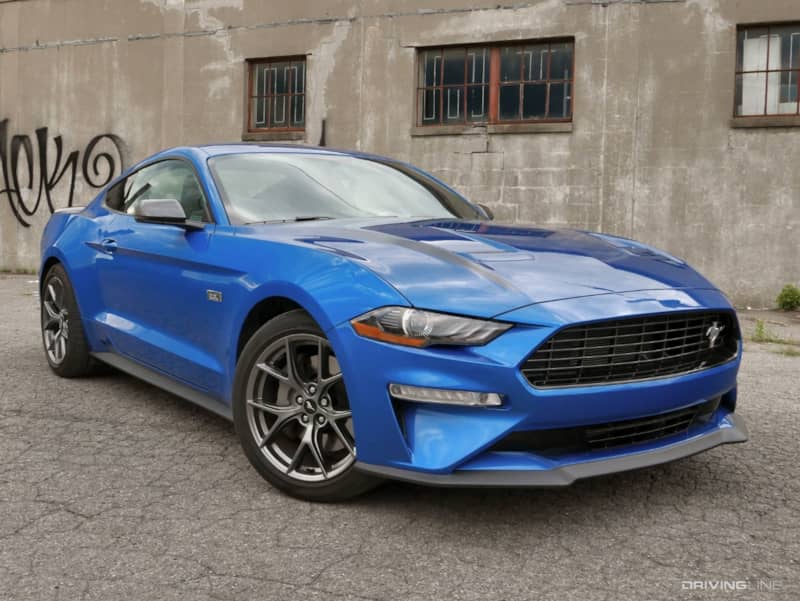
Featuring respectable power and a healthy dose of chassis tuning to go with it, it's tempting to view the HPP as a less expensive alternative to the Mustang GT. Does the 2.3L High Performance Package edition of the 2020 Ford Mustang address the less-than-sparkling aspects of the original EcoBoost car, or is it still worth saving up for the 5.0? I spent a week behind the wheel to find out.
Hot Hatch Open Heart Surgery
The turbocharged Ford Focus RS hot hatch might be dead and buried in North America, but its beating heart lives on in the Ford Mustang 2.3L High Performance Package, which scoops up the same four-cylinder motor once used by the now-departed compact.
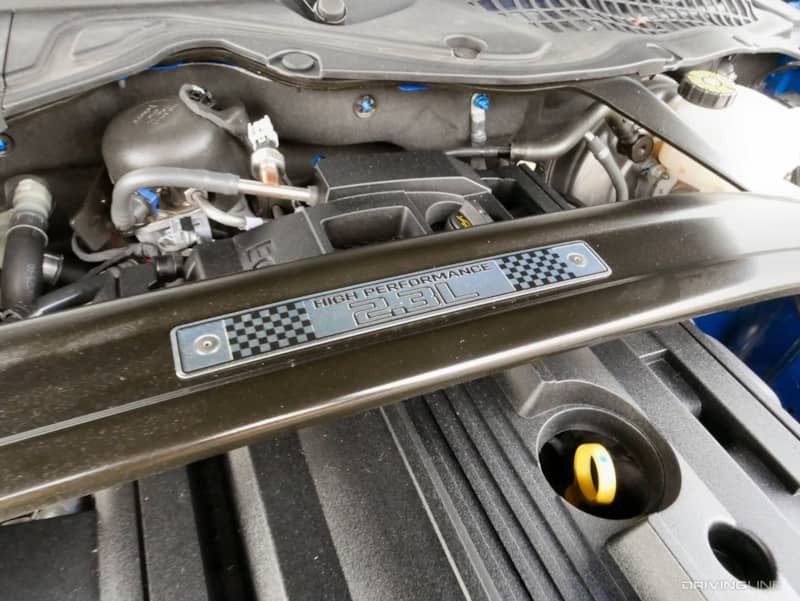
There have been a few changes made, of course, with total output showing as 332hp and 350 lb-ft of torque. That's a little bit less than what was available in the Focus RS, and about 22 ponies more than what you'd find in the standard Mustang EcoBoost (which also displaces 2.3 liters). Torque levels remain the same across the board.
Why go through the trouble of an engine swap for such a modest bottom-line boost? The answer lies not so much in numbers on the dyno, but rather the character of the driving experience itself. Although it looks good on paper, there's no question that the standard EcoBoost four has always felt a little laggardly in the higher regions of the rev range. The drivetrain had plenty of low-end grunt that makes around-town cruising a breeze, but it really didn't reward anyone who pursued its upper limits during more spirited driving.
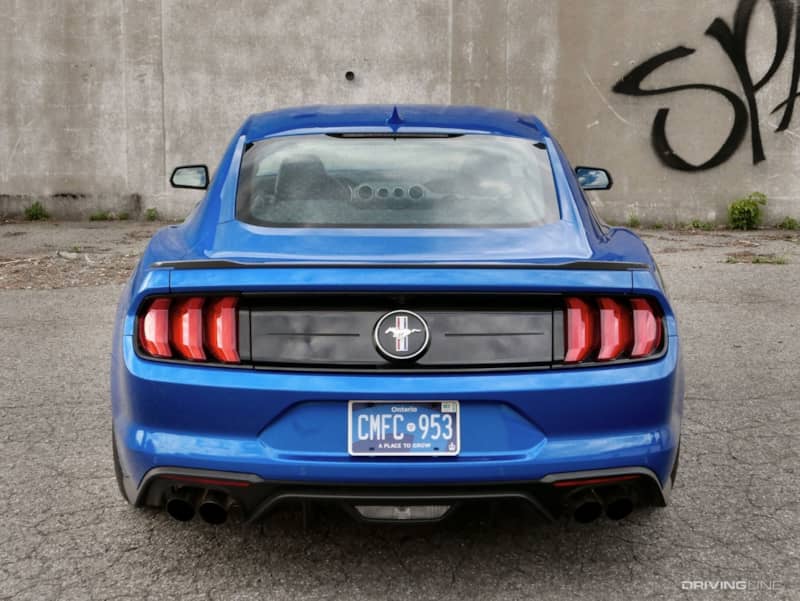
The new 2.3-liter unit has seen its usable torque broaden, with 90 percent available from 2,500 to 5,300 rpm, which gives the enthusiasts targeted by the High Performance Package a larger sandbox to play in. The car also comes equipped with a much louder exhaust setup (controlled electronically via the Mustang's selectable drive modes) that helps sharpen its personality when flogged.
Shark In Shark's Clothing
From the outside, everything about the High Performance Package screams 'GT,' and that's by design: the quad pipes, the more aggressive aero, and the larger brakes all hint at the fact that the 2.3-liter car features a GT suspension underneath its flashy skin (including uprated springs and swaybars as well as access to a set of optional magnetically-adjustable dampers). A Torsen limited-slip differential is also installed when you order the MagneRide shocks, which are part of the available Handling Package.
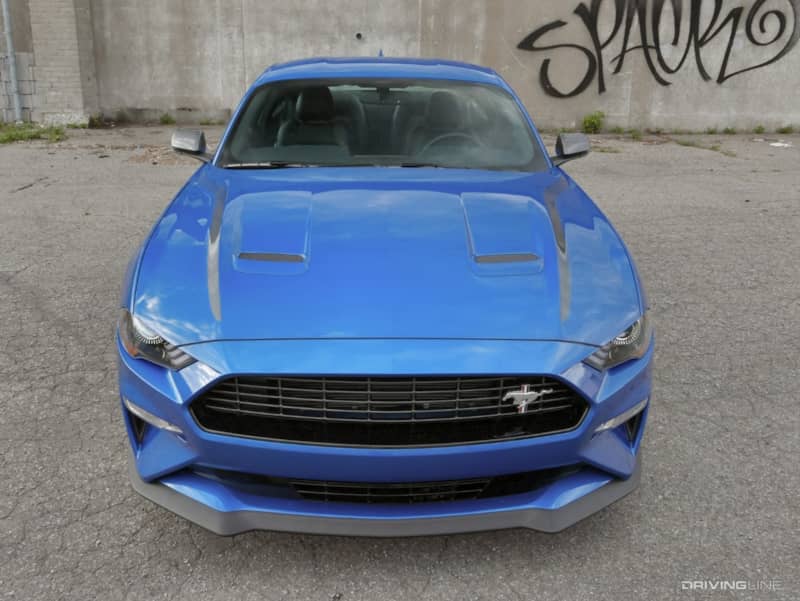
My tester was equipped with all of the above, and it also featured a six-speed manual gearbox in place of Ford's more common 10-speed automatic. In short, it was a blue bullet, exactly the right spec of 'Stang for anyone legitimately interested in making the most of the freshly-tuned EcoBoost setup.
Fast, But Not Fun
So why, then, did the 2020 Ford Mustang 2.3L High Performance Package fail to move the needle for me? As respectable as Ford's efforts have been, it's still a stretch to call this EcoBoost version of the Mustang 'fun to drive.'
Yes, this is a car that can reach 60 mph from a standing start in less than five seconds (just a tick under that mark with the manual gearbox, and a startling 4.5 seconds with the 10-speed auto), thanks to launch control and gobs of available torque. That's only a half second or so behind the 460 horsepower, 5.0-liter V8 version of the car. And it's true that in terms of handling, the 2.3L High Performance Package car is nearly as sticky as the Mustang GT, what with its souped-up suspension and wide 19-inch rubber.
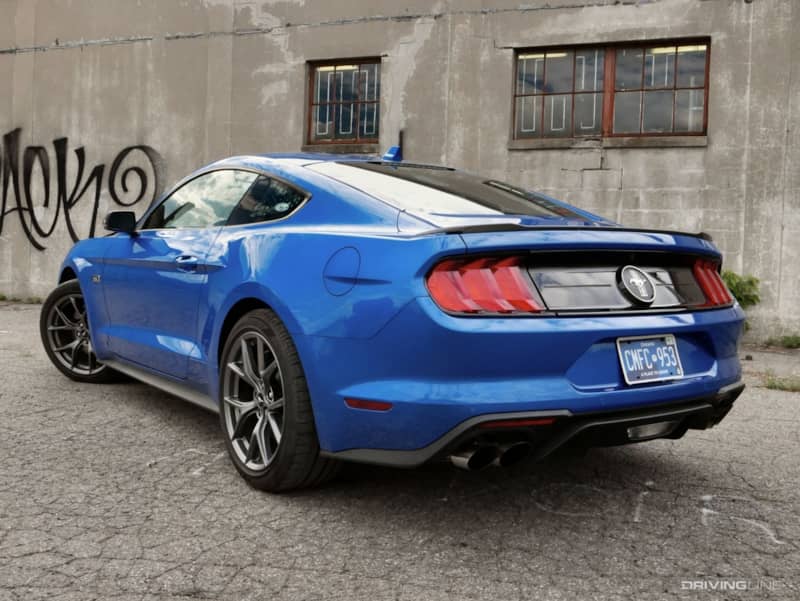
Unfortunately, despite all of the above, the revised EcoBoost motor still lacks the co-conspiratorial personality that all good sports car drivetrains have to offer, that constant call to push higher, drive farther, and go faster. Even with its new four-cylinder, the EcoBoost still feels out of breath once you pass the 5,500 rpm mark, crawling its way to redline with little in the way of reward for doing so.
There are certain situations where the High Performance Package does shine, particularly if you’re able to find a flowing stretch of twisting road where you can keep speeds up above 70 mph without being forced to access the far right of the tachometer's readings. In daily driving, however, the 2.3-liter car feels distinctly ordinary, and straight-line blasts, while quick, lack the drama and engagement of the GT's V8 thunder.
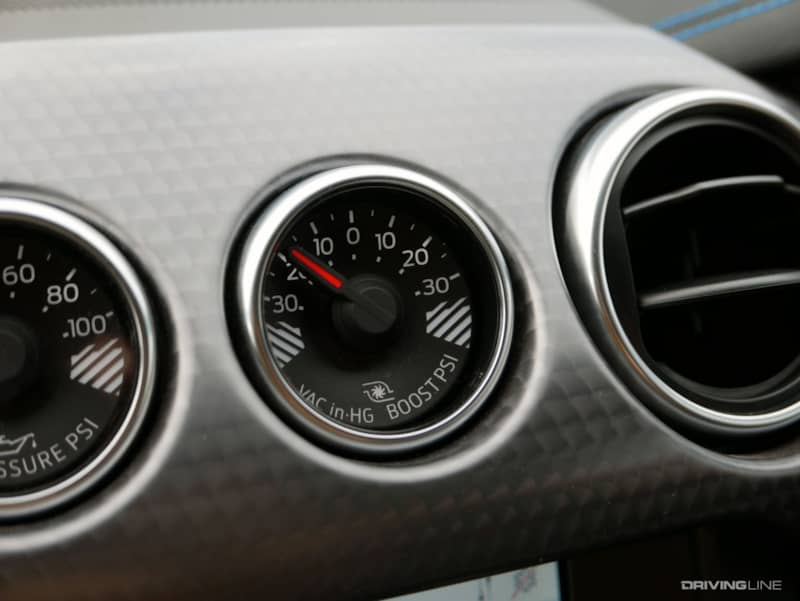
Priced at $4,995 (with an additional $1,595 for the automatic transmission, if that's your preference, and $1,995 for the Handling Package), opting for the 2.3L High Performance Package is not a trivial decision. While it's available on a broad swathe of EcoBoost trim levels, if you want more than barebones interior comfort it's still possible to option the coupe up to the same level as the least expensive Mustang GT model, putting you between $32,000 and $37,000.
Are you willing to spend V8 money for a turbo 4 soundtrack? If you're primarily concerned with autocross glory or road course shenanigans, then the 2.3L High Performance Package version of the Ford Mustang may be more appealing, simply because it snags you the car's best handing bits at the most competitive price. For everyone else, the Mustang GT's sheer brawn and eight-cylinder attitude is most likely the more compelling choice.
Curious about the Chevrolet Camaro Turbo 1LE, the best-handling, most-affordable version of the Bowtie's muscle coupe? Check out our full review.




